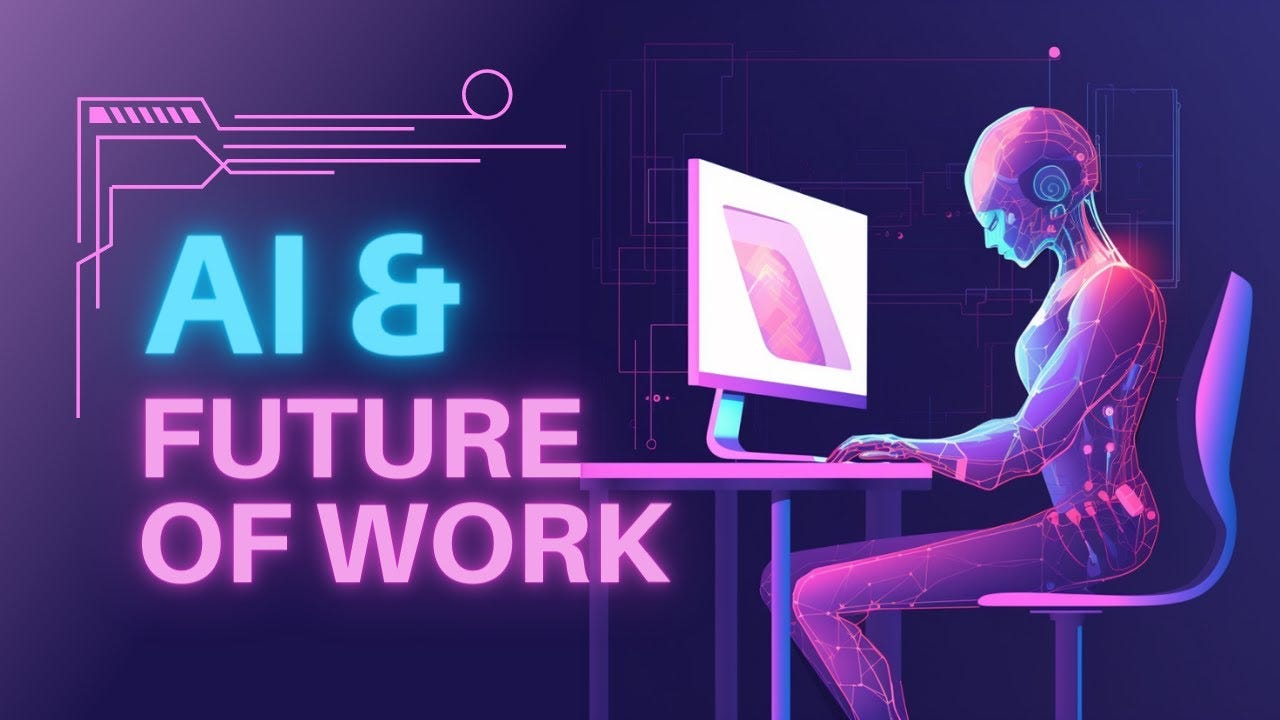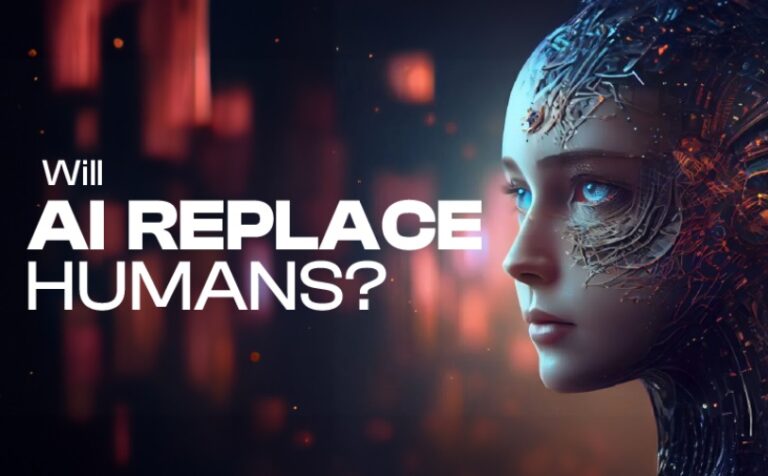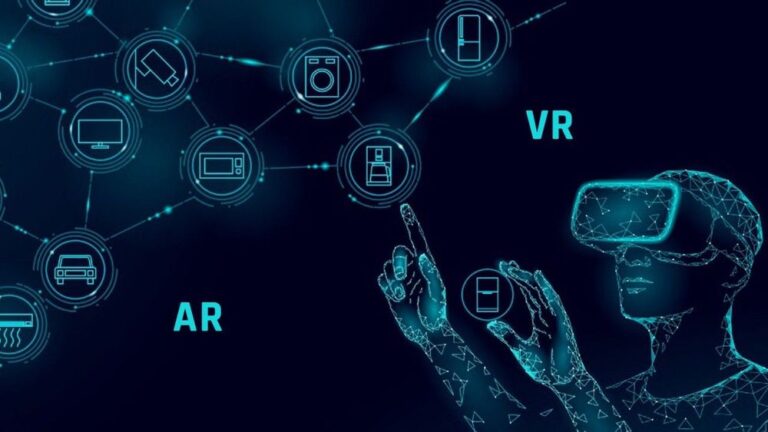
The Future of Work: AI, Automation, and Remote Collaboration Tools
The world of work is evolving faster than ever before. What was once considered the future is now becoming the present. Artificial Intelligence (AI), automation, and remote collaboration tools are reshaping the workforce across industries. As digital transformation accelerates, businesses must adapt to new technologies, workflows, and cultural shifts to remain competitive and resilient.
1. The Rise of Artificial Intelligence in the Workplace
AI is no longer a futuristic concept reserved for tech giants. In 2025, AI is deeply integrated into everyday work environments. From automating routine tasks to enhancing decision-making, AI empowers employees to focus on high-impact, creative, and strategic work.
Key areas where AI is transforming the workplace:
- Customer Service: AI-powered chatbots and virtual assistants handle queries 24/7, improving response times and customer satisfaction.
- HR & Recruitment: AI tools streamline resume screening, identify best-fit candidates, and reduce bias through data-driven hiring processes.
- Marketing & Sales: AI analyzes customer data to personalize campaigns, predict trends, and optimize customer journeys.
- Operations: AI detects inefficiencies, forecasts supply chain needs, and manages inventory using predictive analytics.
2. The Role of Automation in Business Efficiency
Automation goes hand in hand with AI. While AI enables machines to “think,” automation allows them to “act” without human intervention. From robotic process automation (RPA) in back-office operations to workflow automation in customer onboarding, businesses are streamlining processes at scale.
Benefits of automation include:
- Increased Productivity: Employees save time by offloading repetitive tasks like data entry, scheduling, or report generation.
- Cost Reduction: Automated workflows reduce human error, operational delays, and labor costs.
- Consistency: Automation ensures that processes are carried out the same way every time, improving quality and compliance.
3. The Shift to Remote and Hybrid Work Models
The COVID-19 pandemic accelerated remote work adoption, and in 2025, it’s no longer a contingency plan—it’s a norm. Hybrid models (a mix of in-office and remote work) are now the preferred setup for many organizations, offering flexibility, access to global talent, and improved work-life balance.
Remote collaboration tools have become essential, including:
- Communication Platforms: Slack, Microsoft Teams, and Zoom help distributed teams stay connected in real time.
- Project Management Tools: Tools like Trello, Asana, ClickUp, and Notion organize workflows and keep projects on track.
- Cloud-Based Document Sharing: Google Workspace and Microsoft 365 enable real-time document editing and secure file sharing.
- Virtual Whiteboards: Miro and FigJam simulate in-person brainstorming sessions for creative teams.
4. The Human Side of Technological Transformation
Despite the focus on tech, the future of work is still human at its core. As AI and automation handle more repetitive tasks, soft skills—like creativity, emotional intelligence, adaptability, and collaboration—become increasingly valuable.
Companies must invest in:
- Reskilling and Upskilling: Employees need to continuously learn new tools and digital skills to remain relevant.
- Well-being and Mental Health: Remote work can lead to isolation and burnout; businesses must foster supportive cultures and provide mental health resources.
- Inclusive Technology Design: Tech should be accessible to all, ensuring that tools empower every team member regardless of background or location.
5. Looking Ahead: What’s Next?
The workplace of 2030 and beyond will likely involve even more immersive technologies:
- AI-driven personal assistants that manage daily schedules and team communications.
- AR/VR-powered collaboration for immersive meetings and training sessions.
- Decentralized workforces supported by blockchain for contract management and payments.
- Smart offices with IoT devices that adapt to employee needs and optimize energy use.
Conclusion
The future of work is not about choosing between humans and machines—it’s about designing systems where both work together. AI and automation are transforming how we get work done, while remote collaboration tools are changing where and how teams connect. To thrive, businesses must embrace change, prioritize digital transformation, and nurture a culture of continuous learning and human connection. Those who do will not only survive the shift—they’ll lead it.


